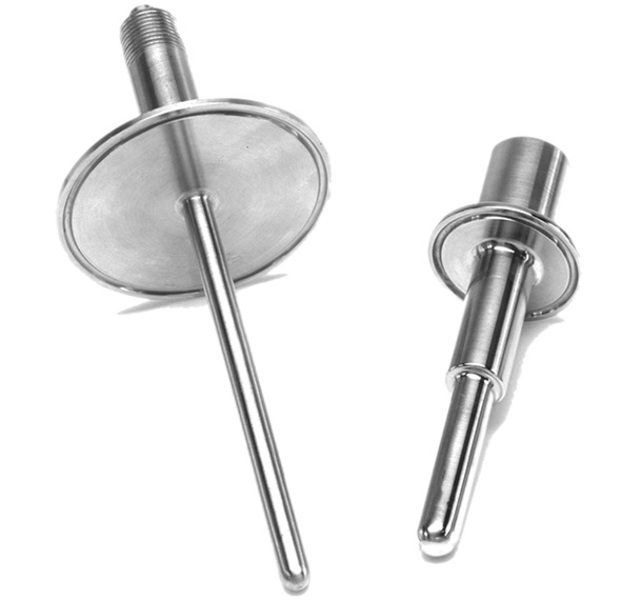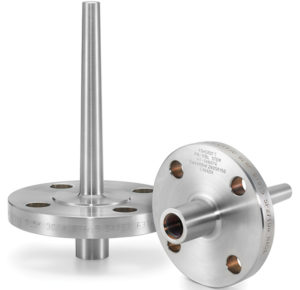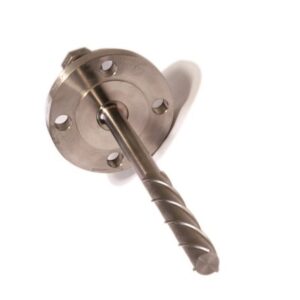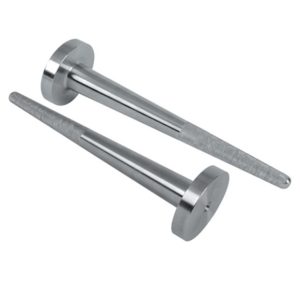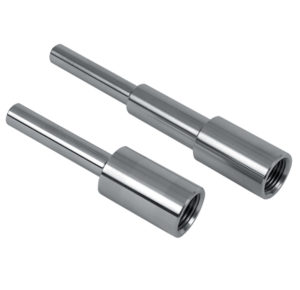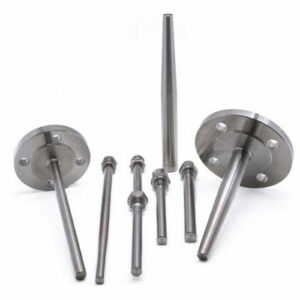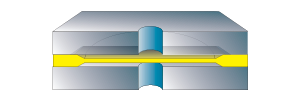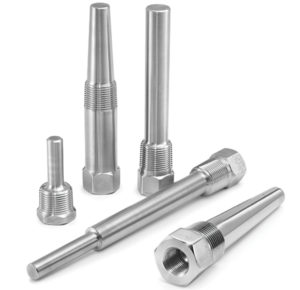

Sanitary Thermowells
Sanitary Thermowells
Medical and Life Sciences:
- Pharmaceutical / Biotech
- Food and Beverage
Data Sheets
Industry Brochures
Selection Guides
Product + Technical Information
Drawings + Models
Key Features
Customizable configurations
Full penetration welds on flanged thermowell
Selection of wetted materials
Material certificates to EN 10204:2004 3.1
One-piece bar stock construction
Testing and certifications including Wake Frequency Calculations per ASME PTC 19.3 TW-2016
Stamped with mil traceable materials and heat number
Markets & Applications
Food and Beverage
Pharmaceuticals
- Specifications
- Downloads
Wetted Parts Material
Stainless steel 304 (1.4301)
Hastelloy C
Duplex
Inconel
Hastelloy B
Titanium
Stainless steel 316L (1.4435)
Shank Style
Stepped
Straight
Tapered
Process Connection Style
Tri-Clamp® (DIN 32676-A/B/C)
Instrument Connection Style
Threaded
Bore Size
6.6 mm (0.260"), 9.8 mm (0.385"), 6 mm, 8 mm
Options
Cap and Chain
Lagging
Surface finish
Process Connection Size
1", 1 1/2", 2"
Data Sheets
Industry Brochures
Selection Guides
Product + Technical Information
Drawings + Models
- Category: Thermowells

